


|
Bailey Yard (Railroad Hub) |

|
Commerce Terrorism Risk
Printer Friendly PDF
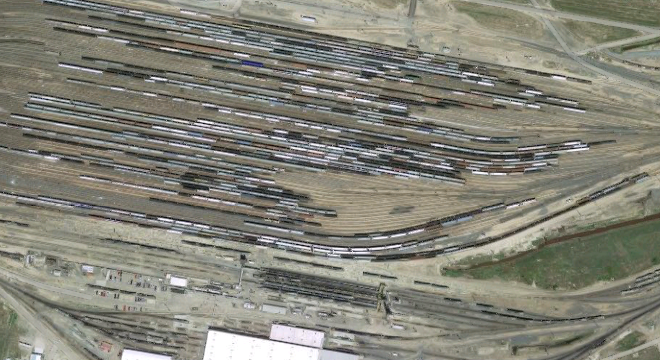
|
Owned by Union Pacific, Bailey Yard is the world's largest railroad sorting center. The facility also fuels, services and repairs locomotives and cars. It is strategically located in North Platte, Nebraska servicing the United States, Canada and Mexico. Miles of train flow through Bailey Yard on a daily basis. Any disruption would severely impact cost of goods in all markets throughout the nation. |
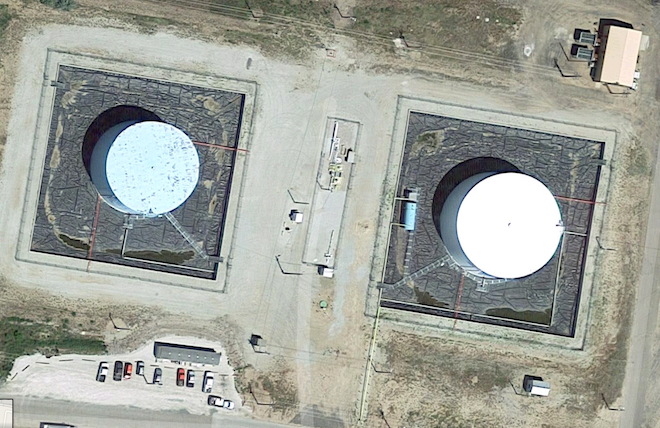
|
An obvious terrorist target are the massive fuel tanks. These are joined by feed and supply lines bridging their containment zones. The tanks are protected by chainlink fencing and accessed through any number of dirt roads, several of which connect directly to local streets and highways. There are no check points or barriers. While a McVeigh style truck bomb would rupture the tanks and cause a massive fire, the disruption to the rail-yard would be minimal. Nearly twenty million gallons of diesel are consumed monthly, which means delivered via rail constantly. Loss of the storage tanks slows refueling efforts. Recovery depends on tank reconstruction times — weeks? |

|
Most of the organizational process is computerized. Thousands of railcars are sorted using two gravity humps. Speed and location are completely computer controlled. This happens in the Command Center which also sports a microwave communications tower to monitor and schedule incoming traffic. The nine story, reinforced concrete, Murray Federal Building in Oklahoma City was nearly leveled by the McVeigh truck bomb. Without the Command Center, Bailey Yard would not be able to process the volume of traffic. Recovery time depends on computer software availability and not just reconstruction of the building; assuming backups are not stored on site — months? |

|
A massive delay in this one sorting yard would impact consumer prices directly and indirectly in every market across America. At less than two diesel gallons per thousand gross ton miles, moving goods by rail is extremely cost effective. Detailed information can be gathered online, however potential terrorists can elect to take a tour of Bailey Yard through the Golden Spike Tower observation center. All information can be verified on the ground. |
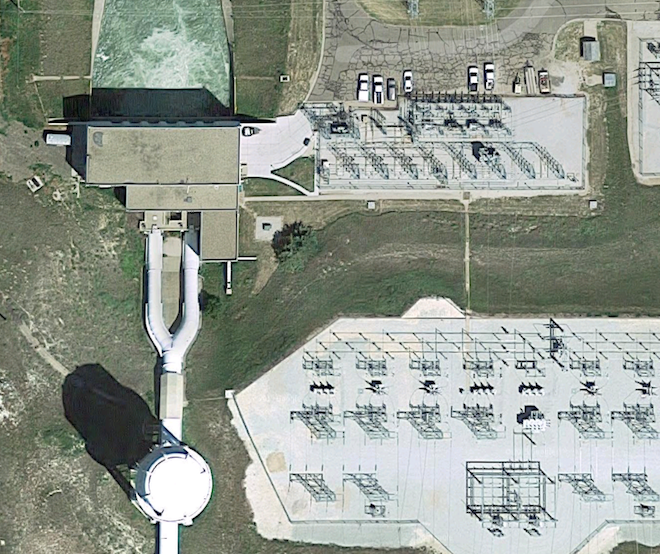
|
The North Platte Hydro facility is located five miles southeast of Bailey Yard. It was commissioned in 1935 with a design capacity of 26MW daily. Discharge water reenters South Platte River to power other hydros down stream and support irrigation needs. Lake Maloney feeds the facility providing power generation for the city of North Platte and Bailey Yard. Security includes recreational areas, camping sites, dump stations, showers, multiple boat ramps, and a fish cleaning station. |
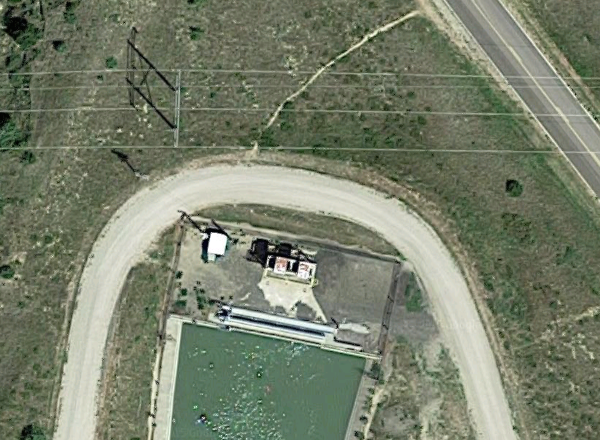
|
The power plant suffers the same vulnerability as all hydroelectric dams.
The Inlet Water Works are not secure.
About a mile south of the North Hydro Platte facility is the inlet trash-funnel and sluice gates.
Just behind the gates is an air shaft used for maintenance and prevents a vacuum forming when the gates are closed.
This is the access point for Comp-A explosives common in mines throughout the Middle East and currently used in IEDs.
A backpack filled with this material, smuggled through the porous Mexico-US border, is equivalent to the McVeigh truck bomb.
The concussive force is transmitted by the water to also damage the turbines and generators.
Destroying the underground inlet pipe disables the power plant — years?
|
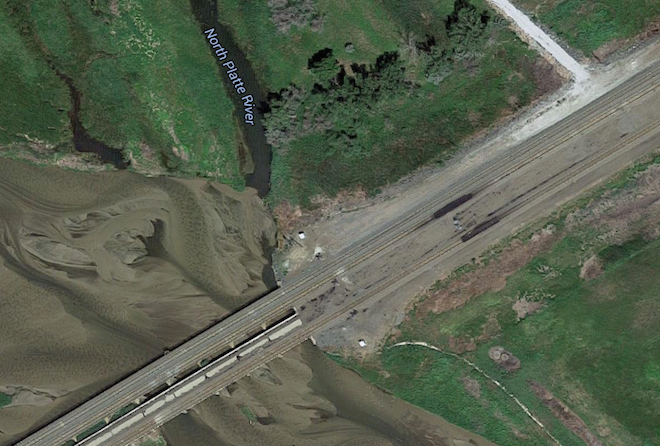
|
Railways are vulnerable to destruction anywhere along their length. However, five miles east of Bailey Yard is a swamp which the North Platte River passes through. It is experiencing natural erosion to the north, but also represents an easy target to shutdown incoming traffic from the east. Again, local roads provide unrestricted access. While the concrete pilings are strong, they are over fifty years old. A McVeigh truck bomb dumped in between these two bridges eliminates them for years. The biggest delay with unknown value is from vulture politics. Local politicians on up to the FED will be lobbying hard for their affiliates and campaign contributors to get the reconstruction projects. There is no security preventing this form of attack. The number of terrorists required for operational success is minimal and they get away. Rail-yard hubs represent critical commerce terrorism targets. |
Copyright © 2015 by John Gregorek